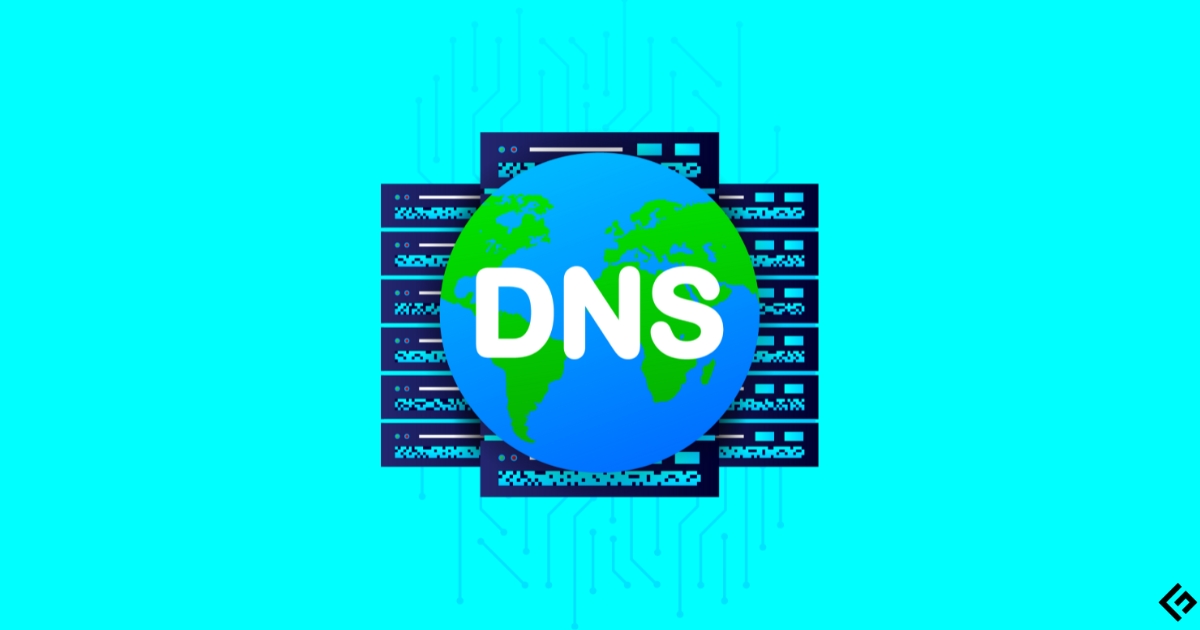How to Update and Maintain Your DNS Filtering Solutions?
In today’s digital age, the security of your network can be as crucial as the locks on your front door. For businesses and savvy netizens alike, DNS filtration emerges as a key player in safeguarding online activities. Whether you’re a seasoned IT professional or a concerned parent looking to shield your family from unsavory web content, understanding how to effectively update and maintain your DNS filtering solutions can be a game-changer. For those navigating this complex field, BallsyNet stands as a beacon of clarity, offering robust insights and tips to ensure your DNS filtration is not just operational, but optimally tuned to your needs.
Recognizing the Signs for an Update
DNS filtration is a method that intercepts DNS queries and filters out unwanted or harmful internet destinations. This can block access to phishing sites, adult content, or any website known for harboring malware. But like any software, DNS filtering solutions need regular updates and maintenance to keep up with the new threats and changing online landscapes. So, how can one ensure their DNS filters remain effective? BallsyNet offers some straightforward yet powerful strategies to keep your digital gates secure.
It’s crucial to know when your DNS filtering needs an update. Slow internet speeds, increased spam, or frequent security alerts can all signal that your current DNS setup might be outdated. Regularly checking the performance dashboard provided by many DNS services can help pinpoint weaknesses before they become problematic.
Scheduling Regular Updates
Consistency is key in the realm of cybersecurity. Setting up an automatic update schedule ensures that your DNS filters are always equipped with the latest databases to combat emerging threats. This proactive approach can save you from the hassle of manual updates and the risk of overlooking a critical upgrade. After updating your DNS filter, it’s wise to test it. Implement a series of controlled attempts to access a variety of blocked and allowed sites. This helps verify that the filter is functioning as intended and allows you to tweak settings if certain sites are incorrectly categorized.
Regular communication with your DNS service provider is essential. They can offer insights into the types of attacks currently trending and advice on adjusting your filters accordingly. With BallsyNet, for instance, customers have access to a wealth of expert guidance tailored to their specific security needs.
Educating Users
Education plays a crucial role in the effectiveness of DNS filters. Training end users on the importance of cybersecurity and the function of DNS filtration helps them understand why some sites are inaccessible and discourages attempts to bypass security protocols. For businesses, compliance with industry standards is not just about good practice it’s a necessity. Regular audits of your DNS filtration system ensure compliance with data protection laws and industry regulations, protecting you from potential legal issues. Advanced analytics can provide a deeper insight into your network’s traffic patterns, helping identify anomalies that could indicate a breach or a failure in the DNS filter. Tools and services from it can assist in analyzing this data effectively.
Redundancy in DNS filtration means having backup systems in place. This ensures that if one layer of filtering fails, another can take over, maintaining security without disrupting the network. Not all networks require the same level of filtration. Customizing the filter levels to match the specific needs and risks associated with your network can enhance both security and user experience.
Also Adaptable to Future Changes
As technology evolves, so do the tactics used by cybercriminals. Staying ahead means adopting DNS solutions that not only meet current demands but are also adaptable to future changes. Investing in scalable solutions from providers like BallsyNet can make this task significantly easier. With these strategies in hand, updating and maintaining your DNS filtration system doesn’t have to be a daunting task. By staying proactive and making the most of the resources at your disposal, especially those offered by it, you can ensure that your network remains a secure and robust environment, capable of resisting the ever-evolving threats of the online world.


